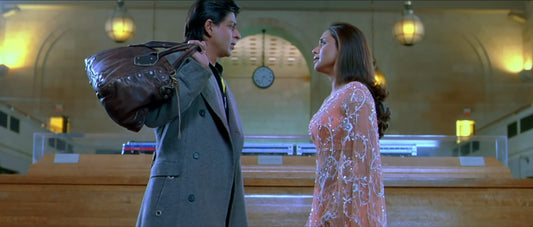In 1961, Robert A. Dahl, then the chair of political science at Yale, published what would become a seminal book on “the political structure of a typical American city”—New Haven. Who Governs? Democracy and Power in an American City traces the evolution of political power from New Haven’s first patricians to its 19th-century entrepreneurs to the “ex-plebes” and immigrants who had taken over by the 20th century. Dahl’s driving question was this: “In a political system where nearly every adult may vote but where knowledge, wealth, social position, access to officials, and other resources are unequally distributed, who actually governs?”
On the 60th anniversary of publication, Artspace presents the work of four artists interrogating that same question today in the exhibition Who Governs?. Curated by Frank Mitchell, the show, which closes December 12, wraps up a year of looking at civic engagement at Artspace, says executive director Lisa Dent, pointing back to the earlier Revolution on Trial. Like that exhibition, she says, this one asks, “How are living artists responding to this moment?”
sponsored by
Emily Larned, for one, is looking to the past. Police Others as You Would Have Others Police You (2020) takes us back to the 1990s and the overhaul, under police chief Nicholas Pastore, of New Haven’s police training academy. The work’s title comes from a slogan seen on flyers and brochures posted all over town at the time, which aimed “to have the department more accurately represent the people we protect and serve, as well as to remedy traditional underrepresentation of these populations in policing,” writes K. D. Codish, who was hired in 1992 to become the NHPD’s director of training and education. A reprint of a 1996 article by Codish that outlines the transformation is available for the taking, and in several nearby cases, items from Codish’s personal archive flesh out the story.
On sand-colored paper with black, orange and royal blue inks, Larned has reproduced the message of that memorable recruitment flyer as well as upbeat newspaper articles, a page from the academy yearbook and other printed slogans in a checkerboard of repeated images and words that makes an orderly impression of optimism and confidence on the gallery wall. More than two decades later, they provide a contrast to recent confrontations between protestors and police. “In light of today, in light of this year, what an amazing story to know that there wasn’t always this kind of tension,” Dent says, “that there was for years an attempt to recognize it, call out problems, and that the police department did hire somebody to help them address a lot of the issues.”
While Larned looks back, Bek Andersen looks around with Power Portraits (2020), a series of larger-than-life color images of some of the city’s most prominent Black activists. All were photographed in a makeshift studio inside the gallery that harkens back to nearby Chapel Street’s Victorian-era past as a focal point of portrait studios. Andersen’s contemporary shots are plastered on the gallery’s long wall like broadsides on the street, curling at the edges and peeling from the wall, suggesting the dynamic nature of leadership and movements.
Recalling another moment in New Haven history—the city’s 350th anniversary—Bev Richey’s performance piece A-mazing Bureaucratic Birthday Cake (Serving the People 3500 Pieces) (1988) is remembered in photographs, video and artifacts. For the celebration, Richey created an “interactive cake experience,” erecting a giant facade of City Hall on the Green made of cake with “a Candyland frosting treatment.” Local celebrities handed out pieces of cake to New Haveners, but not before a performance of bureaucratic form-filling and rubber-stamping, “requiring” the answer to questions like, “Have you ever applied for cake before?” and, “If previously approved, have you ever left cake on your plate?”
Levity notwithstanding, Dahl believed in 1961 that the stability of New Haven’s political system over time—and that of other cities—was the result of “wide consensus on the democratic creed,” as he wrote in his conclusion. Even as that consensus appears to be at stake today, we’re still asking: Who governs?
Who Governs?
Artspace – 50 Orange St, New Haven (map)
Wed-Sat 12-6pm through December 12
(203) 772-2709 | info@artspacenh.org
www.artspacenewhaven.org/exhibitions/who-governs
Written by Kathy Leonard Czepiel. Images 1 and 2 photographed by Kathy Leonard Czepiel. Image 3 photographed by Bob Gregson.








